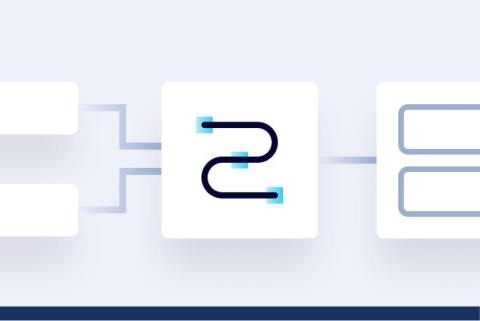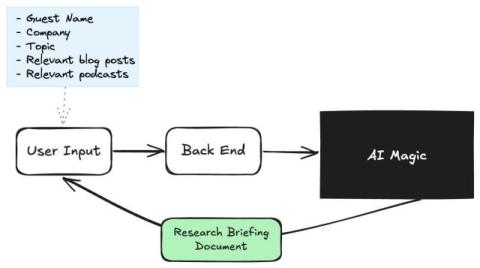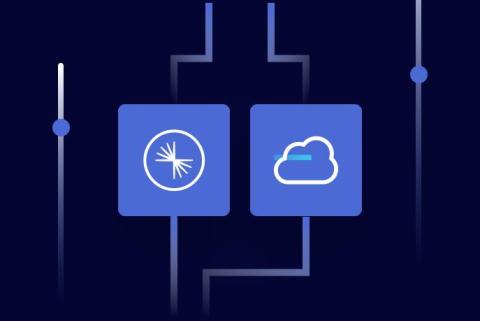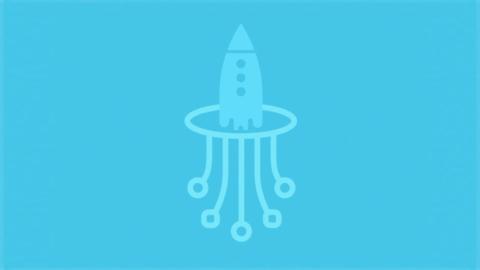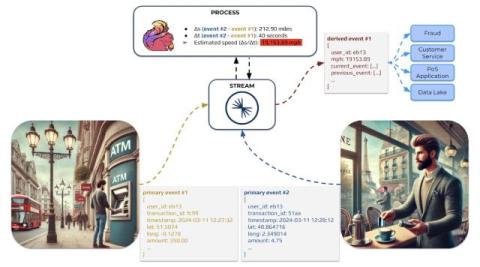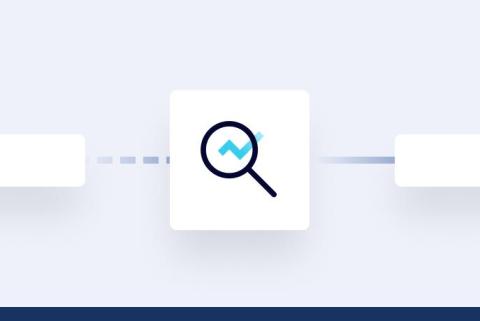Optimizing Supply Chains with Data Streaming and Generative AI
It’s a truism that global supply chains are complex. The process of sourcing raw materials, transforming them into finished products, and distributing them to customers encompasses numerous systems (e.g., ERPs, WMSs, and TMSs). All systems within “the supply chain” are trending in the same direction; they’re aiming to be more efficient, resilient, and agile. Various technological developments have facilitated this directional trend.


